TPO – “In March 2024, we went to check the fire prevention equipment in the core area of area A5 and accidentally discovered 4 red-crowned cranes returning to the garden after a few years of absence. At that time, everyone was excited and took out their phones to record. The flock of cranes flew across eye level and then slowly landed in the cajuput forest. About 30 minutes later, the whole flock spread their wings, circled around and flew away,” Mr. Le Ngoc Thanh, an officer of Tram Chim National Park (Tam Nong, Dong Thap ) recalled.
TPO – “In March 2024, we went to check the fire prevention equipment in the core area of area A5 and accidentally discovered 4 red-crowned cranes returning to the garden after a few years of absence. At that time, everyone was excited and took out their phones to record. The flock of cranes flew across eye level and then slowly landed in the cajuput forest. About 30 minutes later, the whole flock spread their wings, circled around and flew away,” Mr. Le Ngoc Thanh, an officer of Tram Chim National Park (Tam Nong, Dong Thap) recalled.
Clip: Tram Chim National Park staff patrol and control during flood season. |
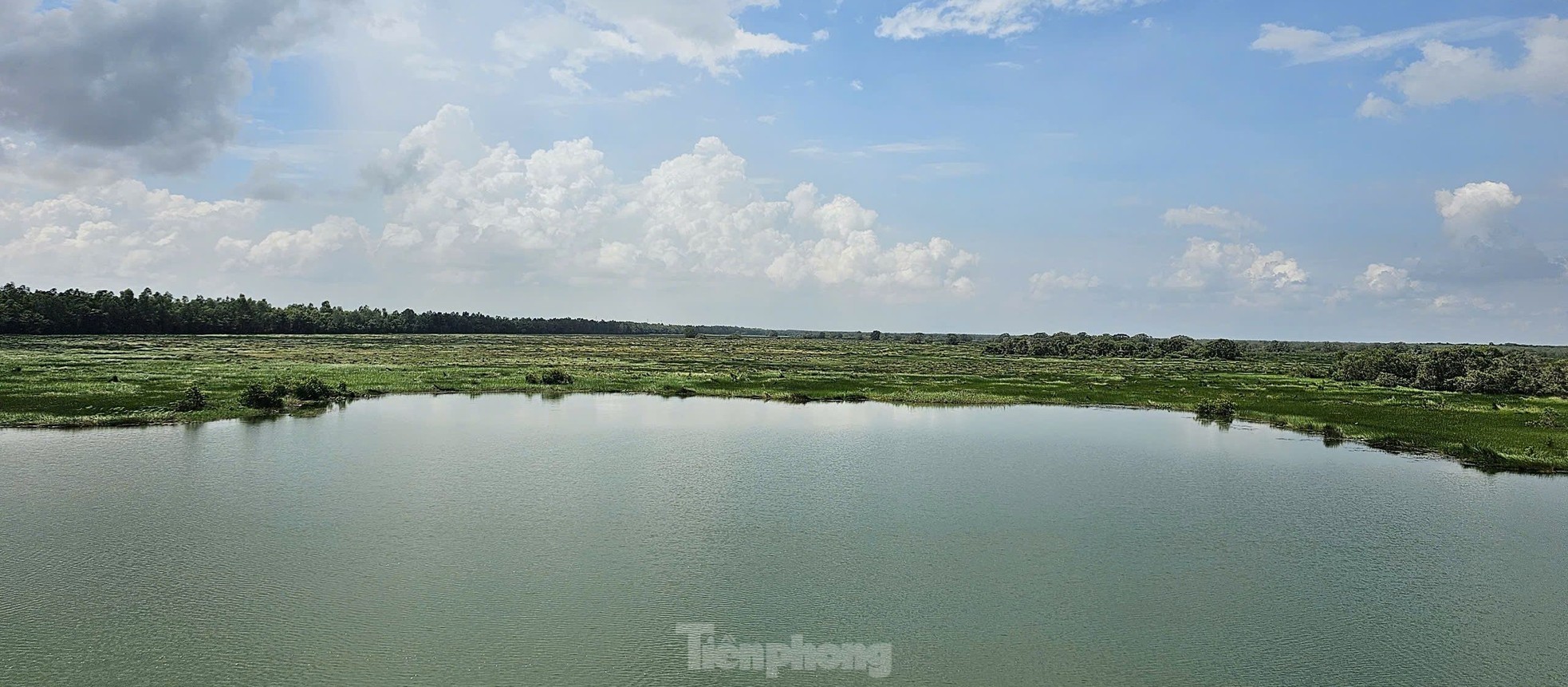 |
View of Tram Chim National Park (Tam Nong, Dong Thap). Photo: Hoa Hoi |
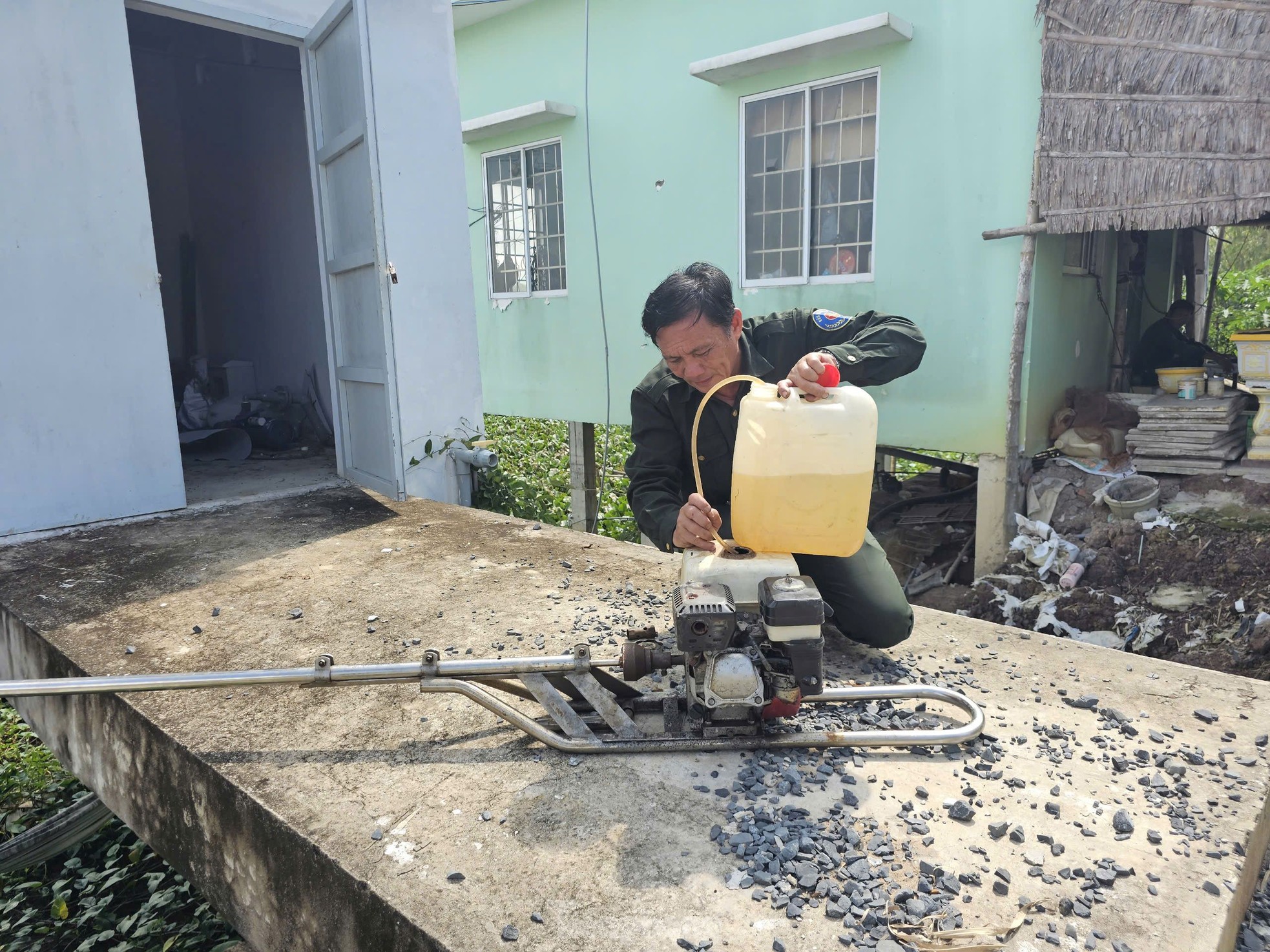 |
Officers prepare to patrol around Tram Chim National Park. Photo: Hoa Hoi. |
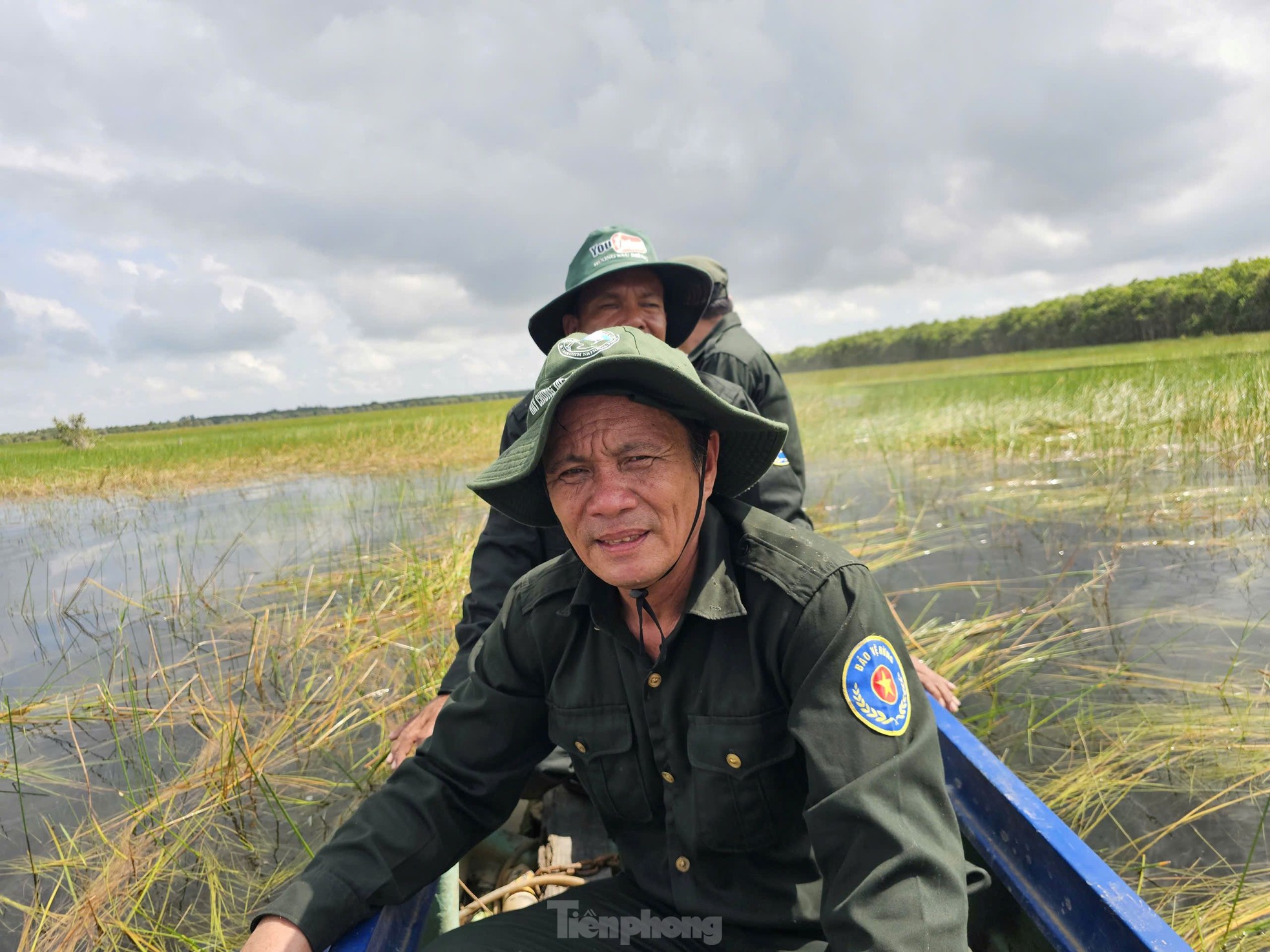 |
During the flood season, the fields of Tram Chim National Park in the Dong Thap Muoi region are flooded. Every day, park staff patrol to control illegal entry. Photo: Hoa Hoi |
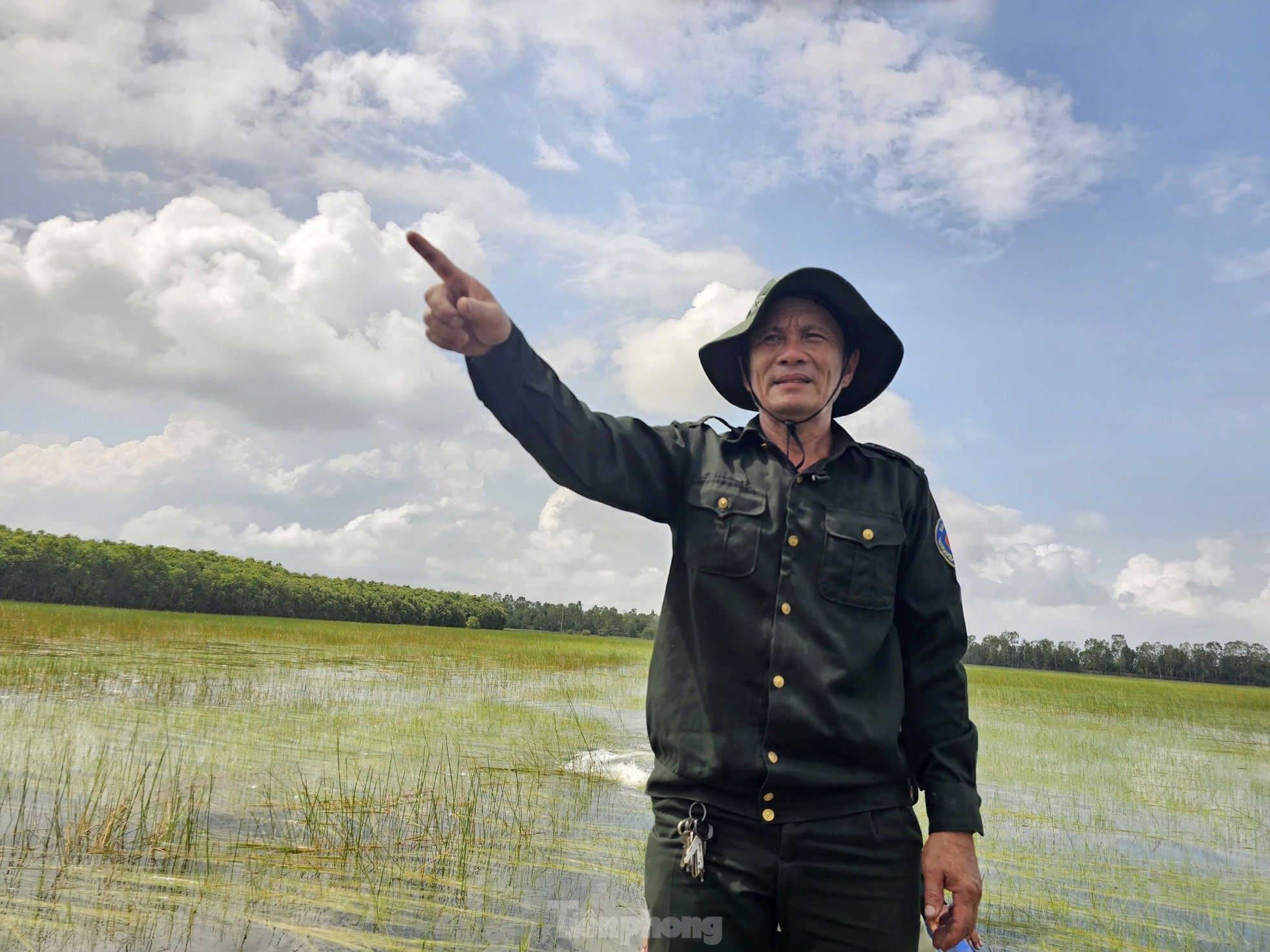 |
“In March, we went to check the fire prevention and fighting equipment in the core area of area A5 and accidentally discovered 4 red-crowned cranes. At that time, everyone was happy and shouted, some took out their phones to record. 4 cranes flew at eye level and then slowly landed in the cajuput forest. About 30 minutes later, 4 cranes spread their wings and flew into the sky, circled around and then flew towards area A4,” Mr. Le Ngoc Thanh, an officer of Tram Chim National Park, recalled. Photo: Hoa Hoi |
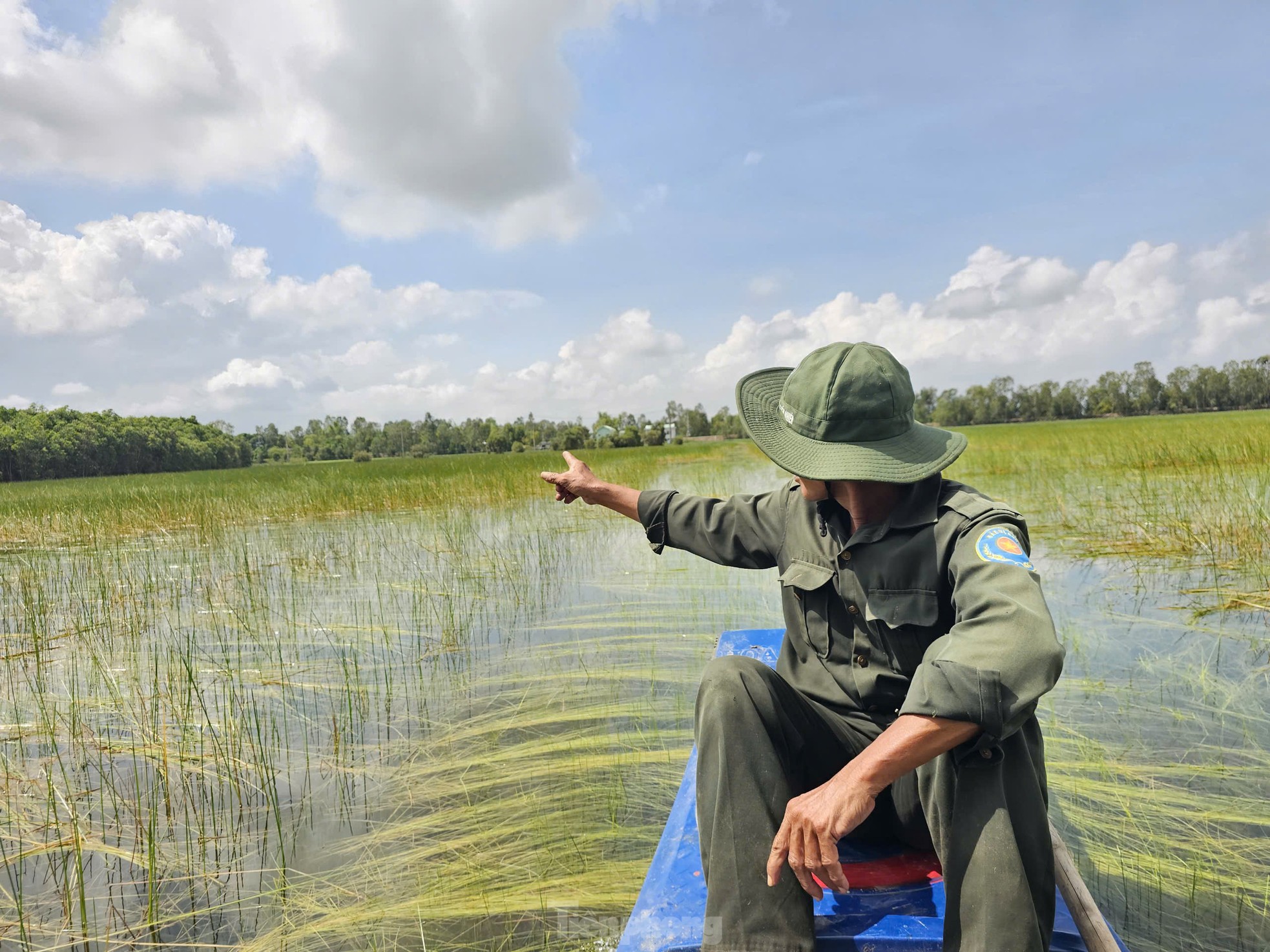 |
Tram Chim National Park is over 7,500 hectares wide and is recognized as Vietnam's fourth Ramsar site (a wetland of international importance for biology and conservation). This place is home to many rare bird species, especially red-crowned cranes, which stay from December to April of the following year. Photo: Hoa Hoi |
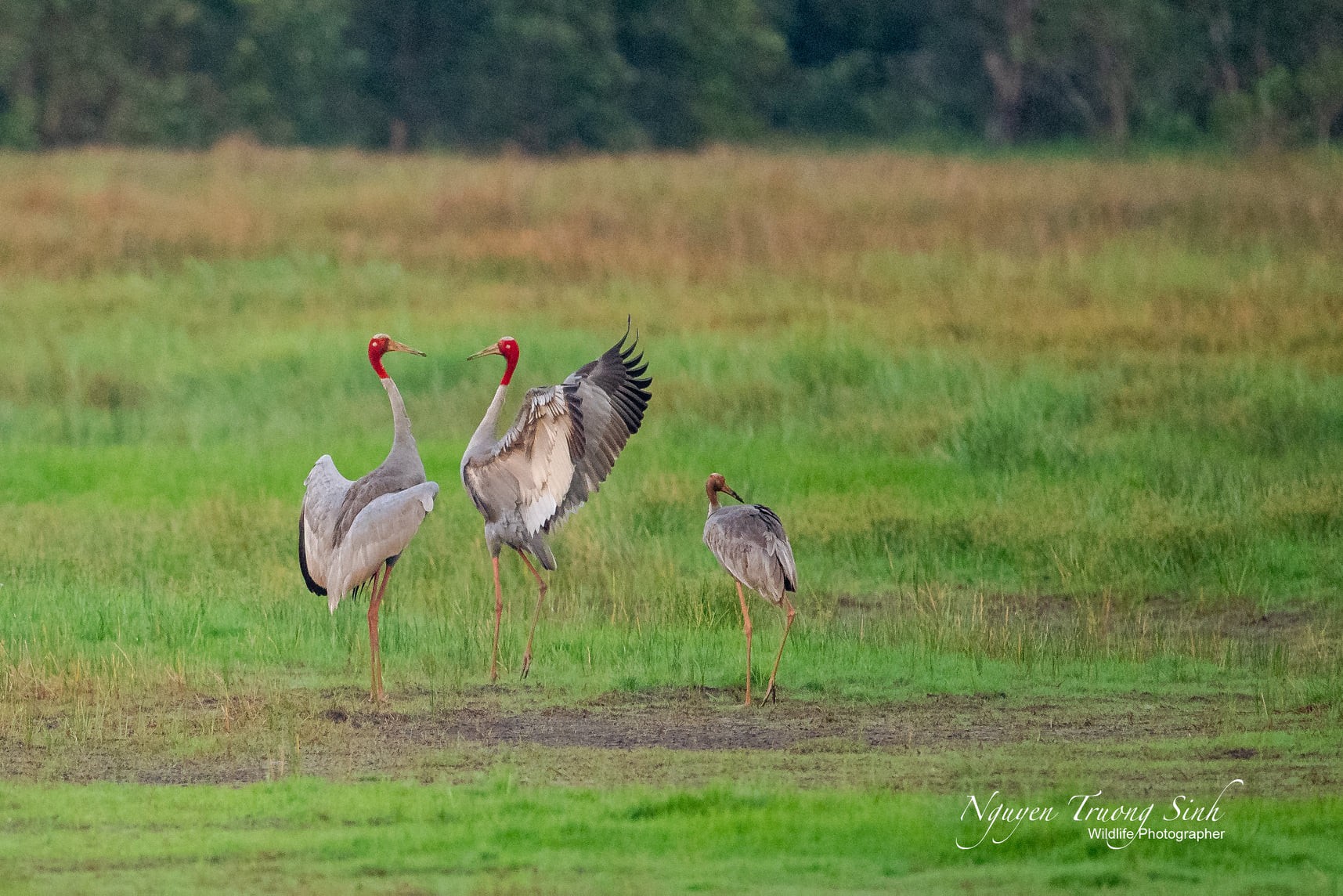 |
Cranes at Tram Chim National Park. Photo: Nguyen Truong Sinh. |
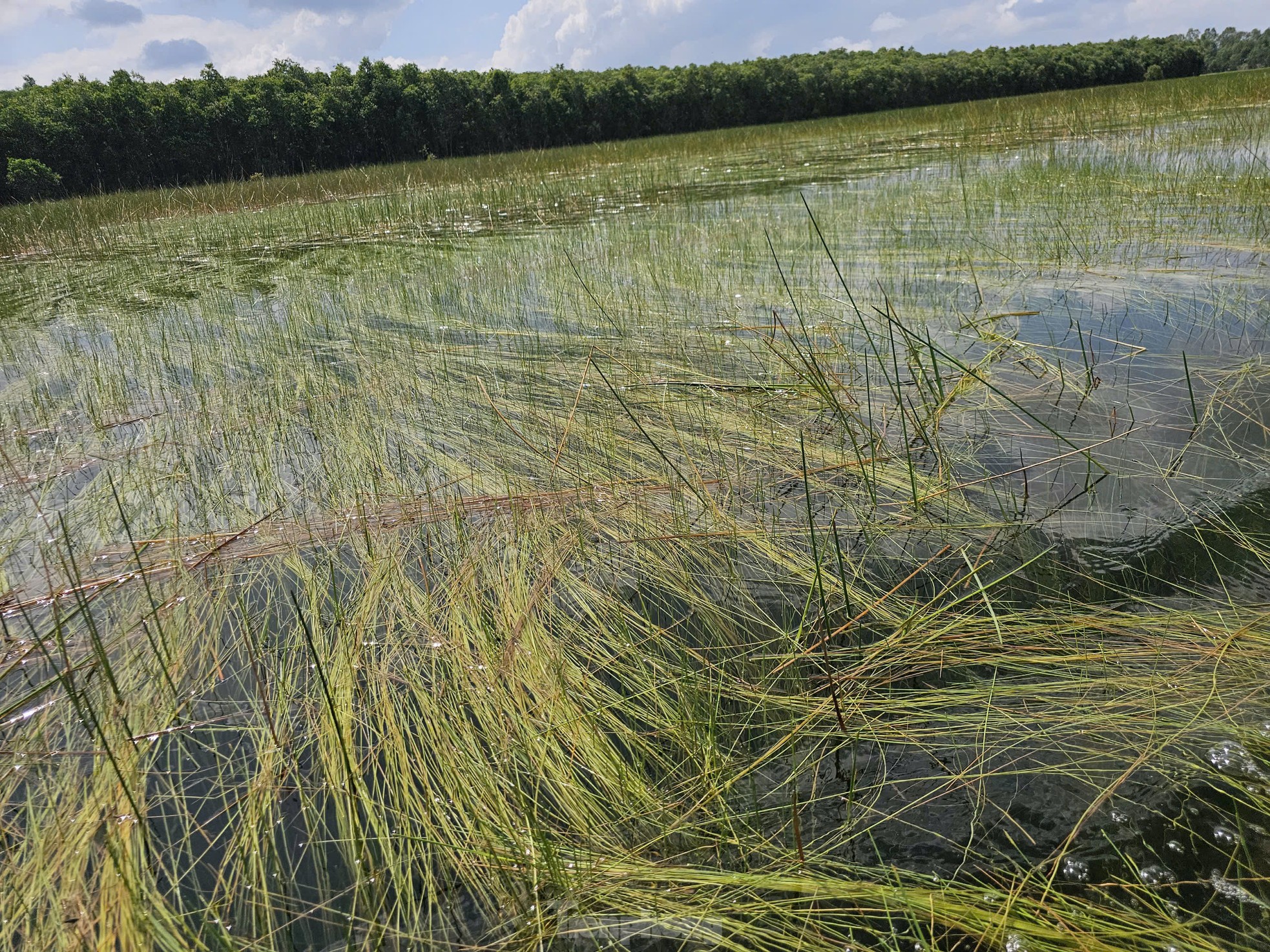 |
Nang kim, a food source for red-crowned cranes, has been restored at Tram Chim National Park. Photo: Hoa Hoi |
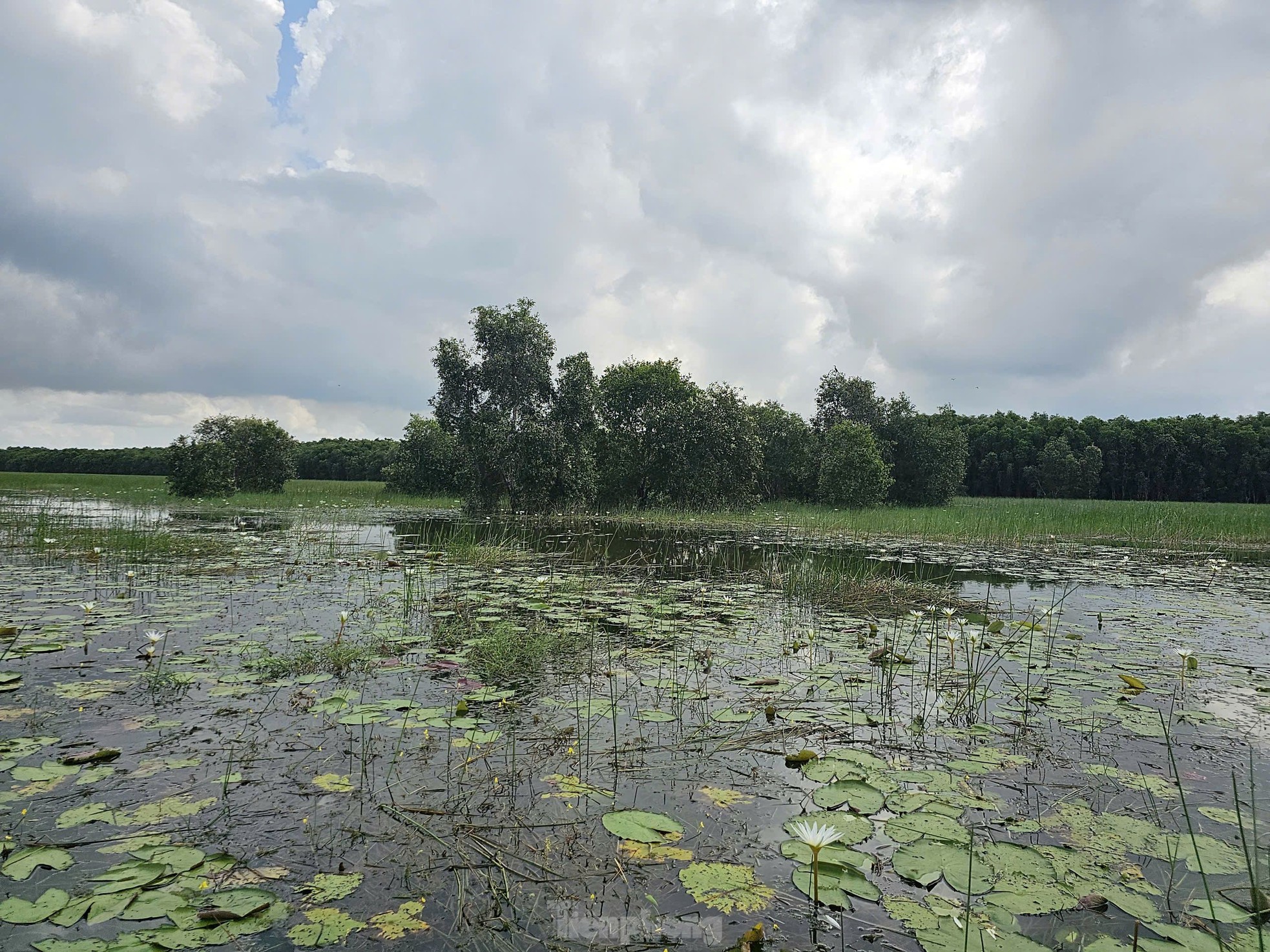 |
In the 1990s, the flock of cranes returning to the park was very large, sometimes up to a thousand, but recently they have gradually become less numerous, some years they do not return at all. On March 7, Tram Chim National Park recorded 4 red-crowned cranes returning, flying and landing for about half an hour. Photo: Hoa Hoi |
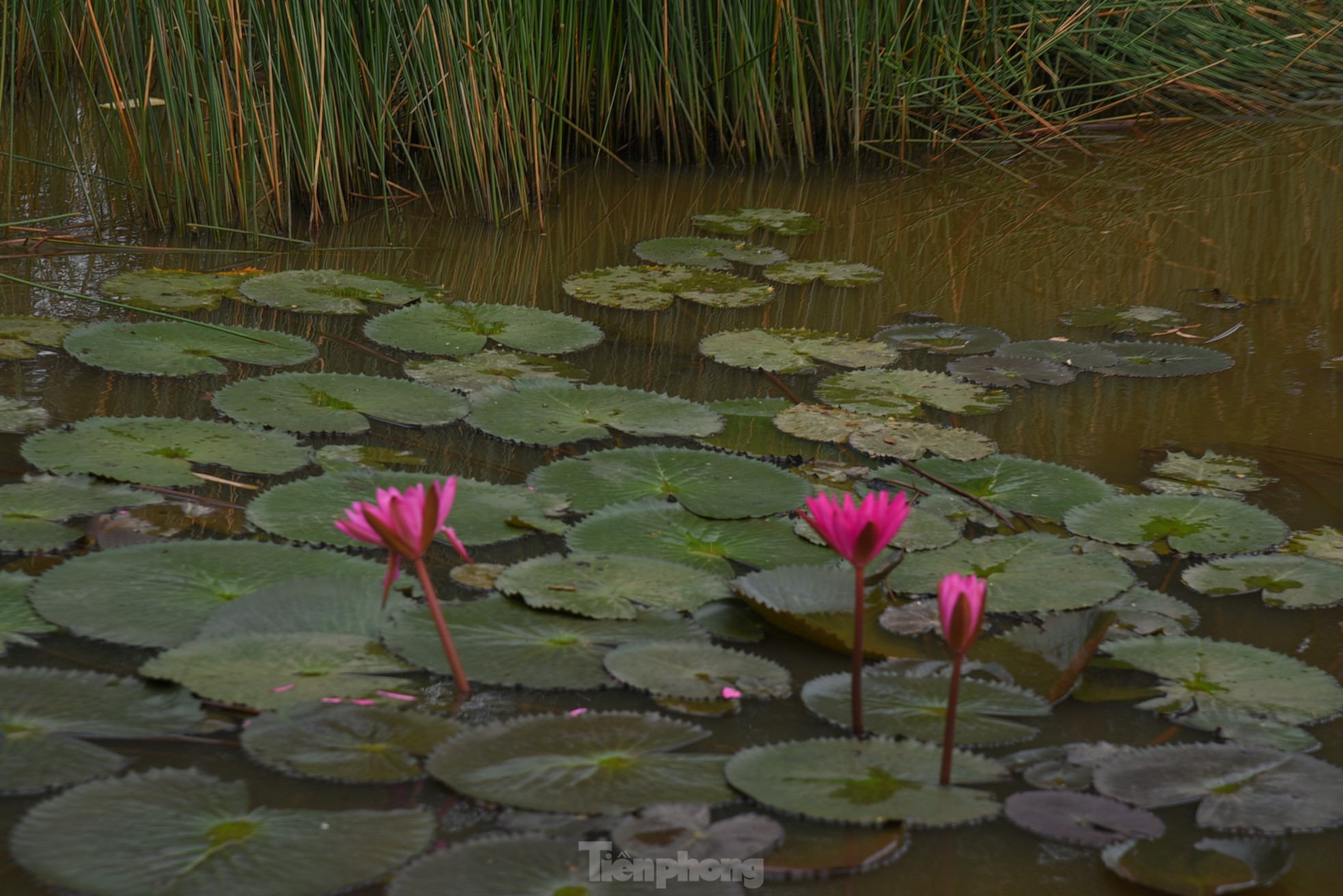 |
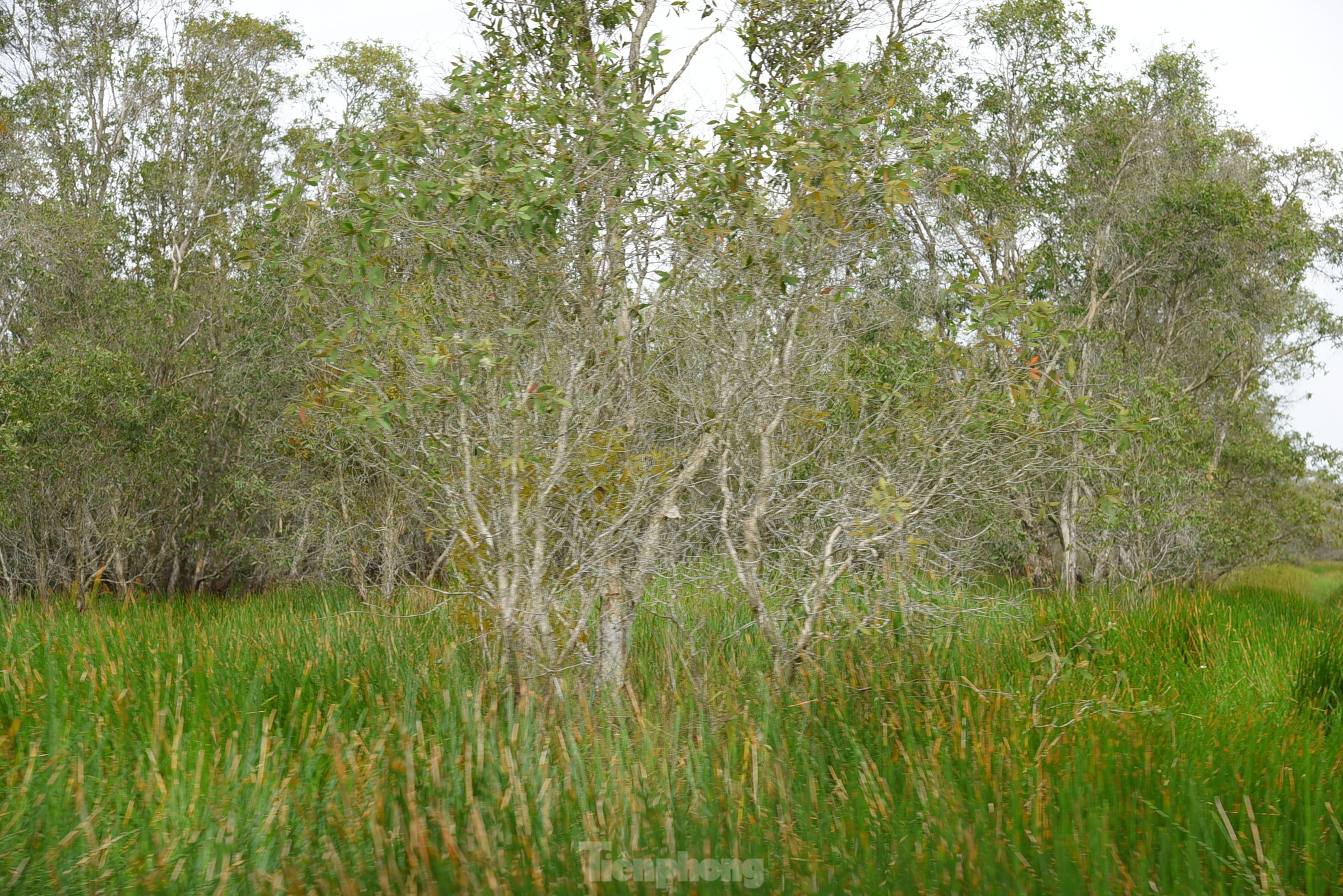 |
Recently, Tram Chim National Park has been regulating water according to the instructions of scientists , instead of storing it all year round as before. The drainage plan was implemented in early December, lasting until April of the following year in dry conditions and two more months if it rains early. The amount of water released was calculated by experts based on the amount of water evaporated and the needs of the species, especially suitable for the tuber-forming cassava - the favorite food of cranes. Photo: Hoa Hoi |
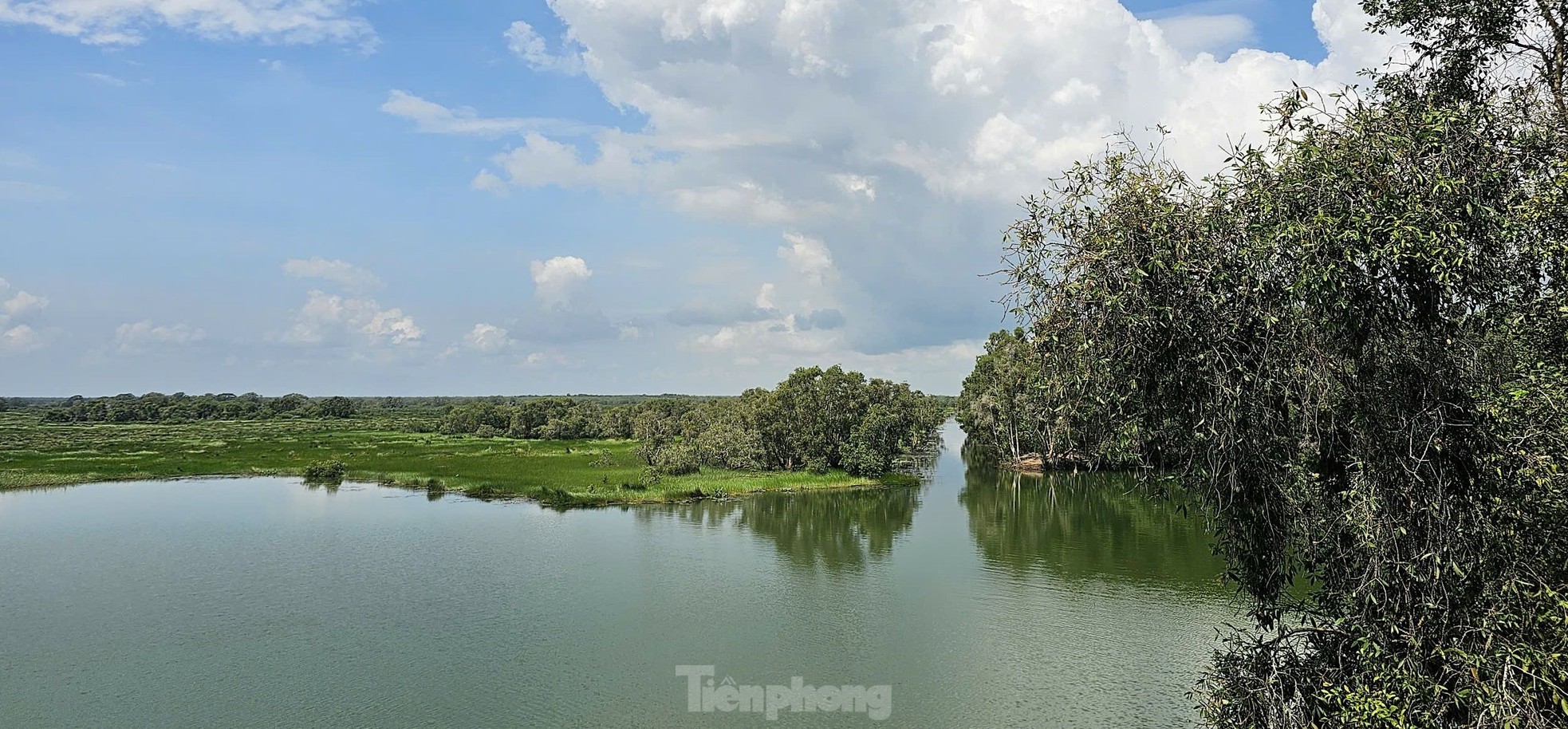 |
Mr. Doan Van Nhanh, Deputy Director of the Conservation Center - Tram Chim National Park, said that changes in ecological conditions in the park have brought positive results, attracting red-crowned cranes back after more than two years of absence. Photo: Hoa Hoi |
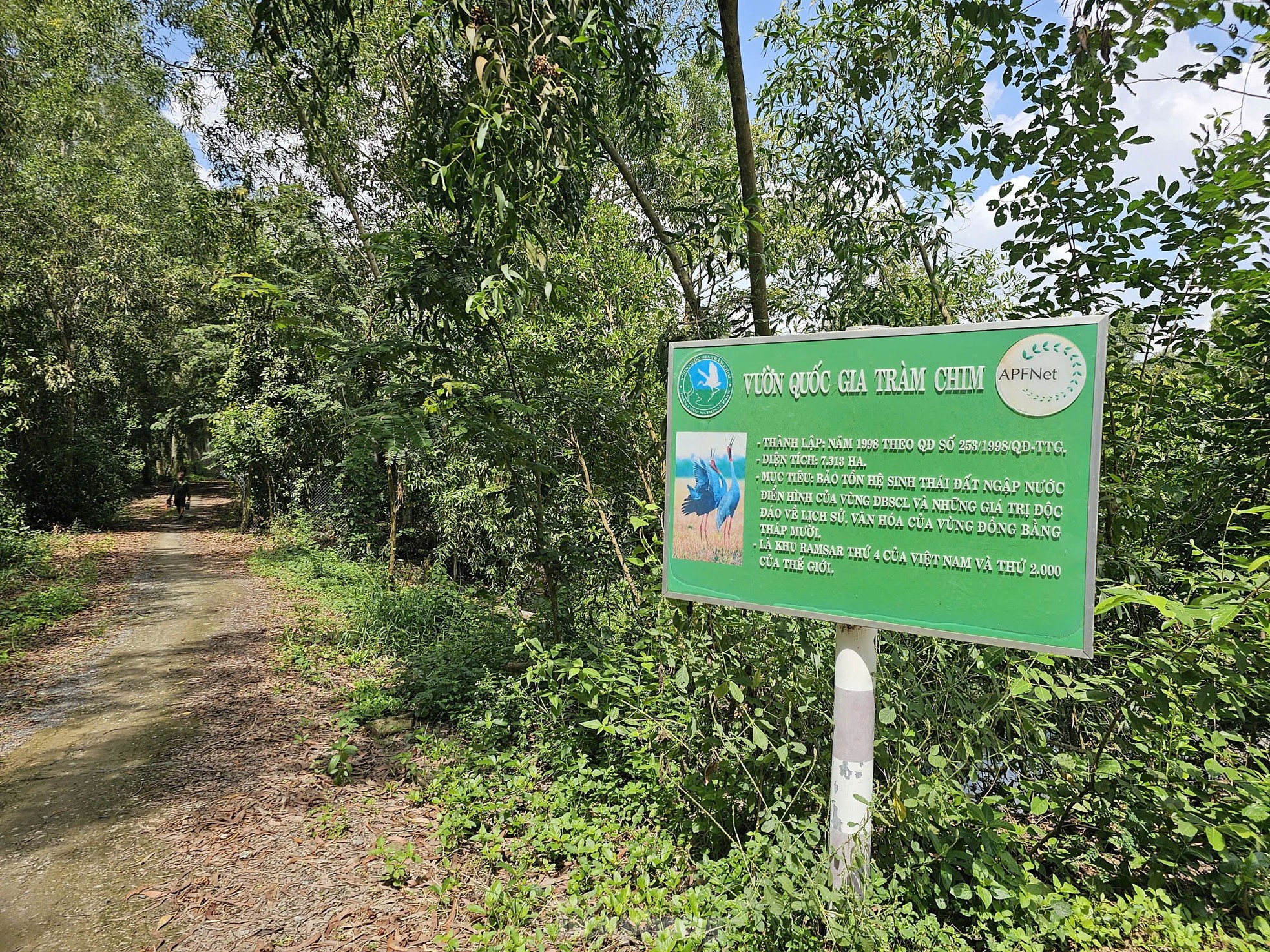 |
Tram Chim National Park is a wetland and is also considered a freshwater reservoir that effectively serves the people of the Mekong Delta in agricultural production. In particular, Tram Chim National Park is also ranked in the important special-use forest system of Vietnam. Photo: Hoa Hoi |
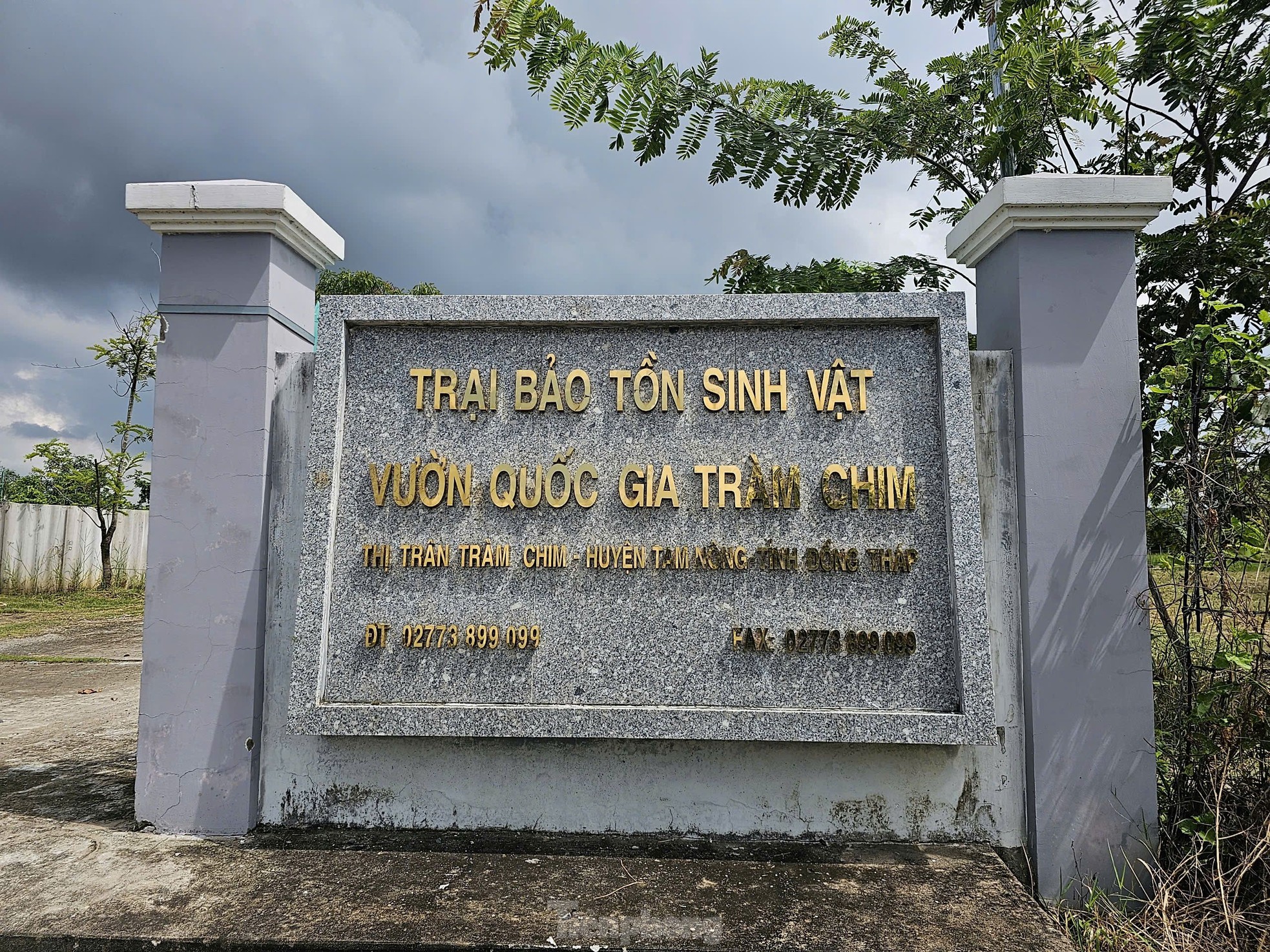 |
Dr. Tran Triet - Director of the Southeast Asia Crane Conservation Program, International Crane Federation (ICF) said that in the past 10 years, the number of cranes has decreased by 8% on average each year. Scientists have pointed out the causes including: toxic substances in the agricultural production process when cranes eat food in the fields, affecting their lifespan, losing their breeding grounds, and causing an imbalance in the ecosystem... Photo: Hoa Hoi |
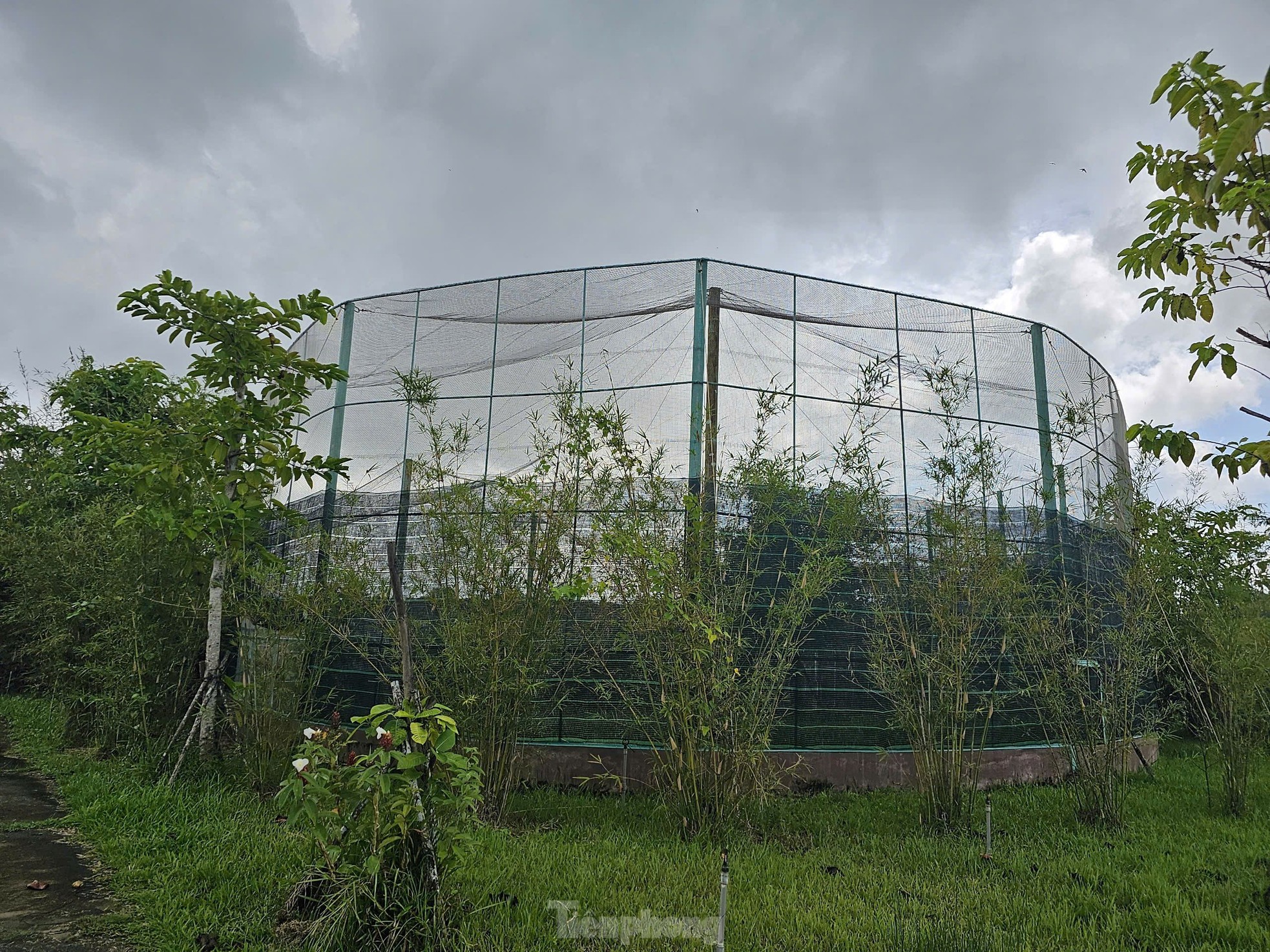 |
The Project for Conservation and Development of Red-crowned Cranes for the period 2022-2032 of the People's Committee of Dong Thap province was born with many practical solutions, in which the most important goal is to hope that the cranes will soon return. Photo: Hoa Hoi |
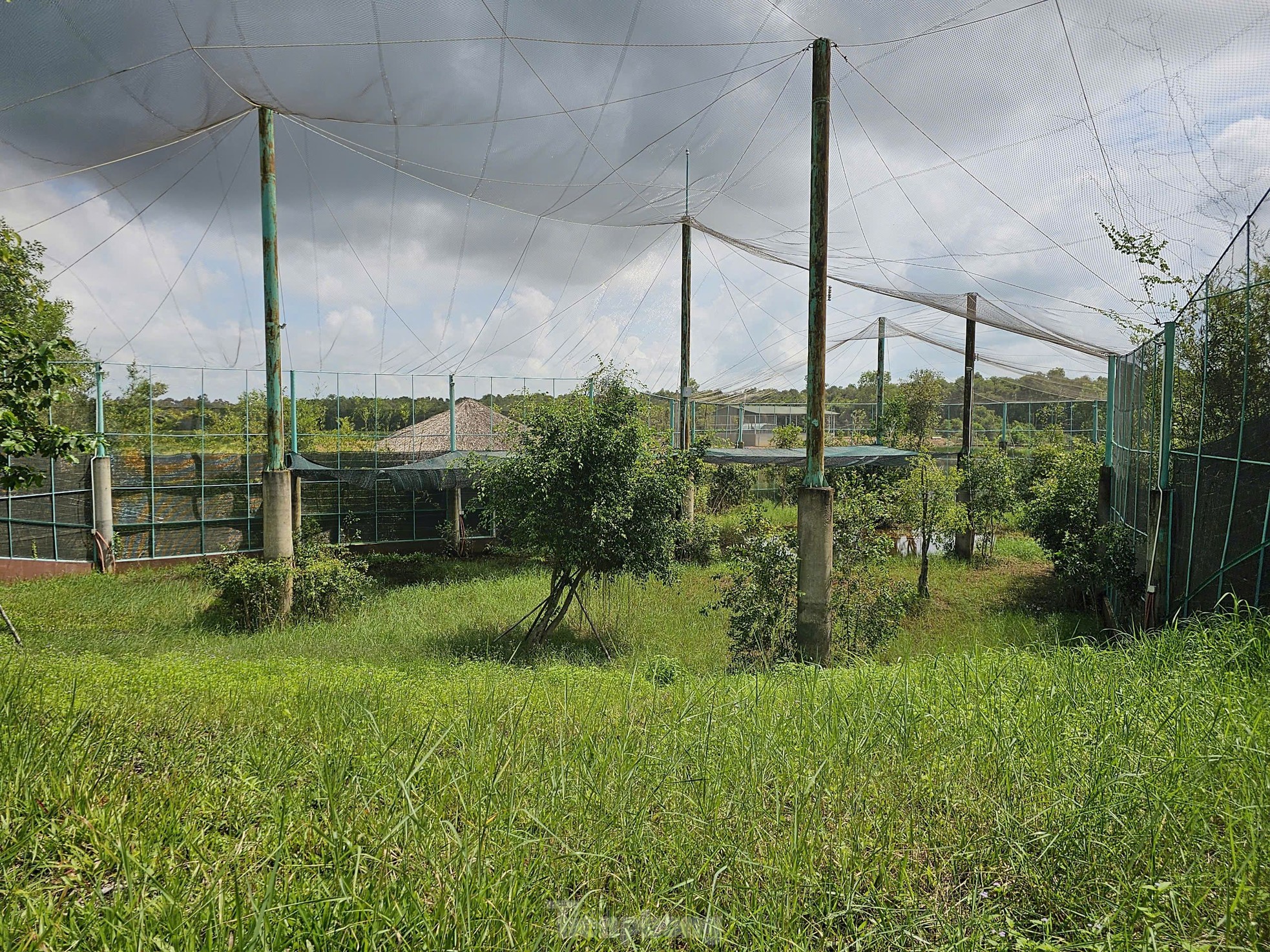 |
Tram Chim National Park prepares cages to raise cranes imported from Thailand. Photo: Hoa Hoi |





![[Photo] Prime Minister Pham Minh Chinh inspects and directs the work of overcoming the consequences of floods after the storm in Thai Nguyen](https://vphoto.vietnam.vn/thumb/1200x675/vietnam/resource/IMAGE/2025/10/08/1759930075451_dsc-9441-jpg.webp)

![[Photo] Prime Minister Pham Minh Chinh attends the World Congress of the International Federation of Freight Forwarders and Transport Associations - FIATA](https://vphoto.vietnam.vn/thumb/1200x675/vietnam/resource/IMAGE/2025/10/08/1759936077106_dsc-0434-jpg.webp)

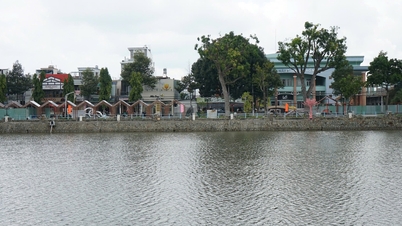



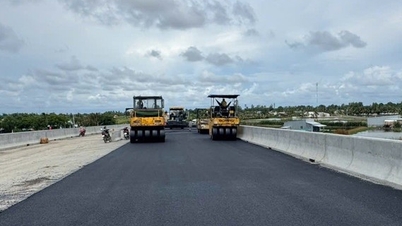

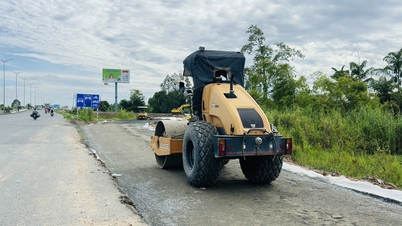









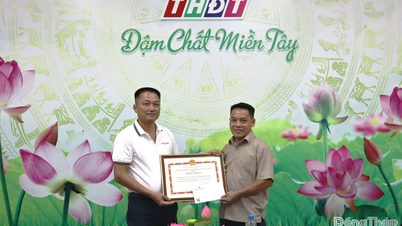
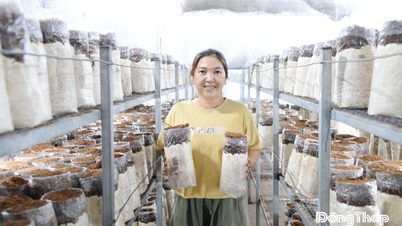










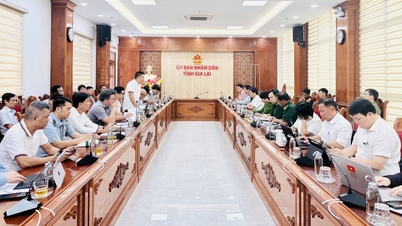
![[Photo] Closing of the 13th Conference of the 13th Party Central Committee](https://vphoto.vietnam.vn/thumb/1200x675/vietnam/resource/IMAGE/2025/10/08/1759893763535_ndo_br_a3-bnd-2504-jpg.webp)



































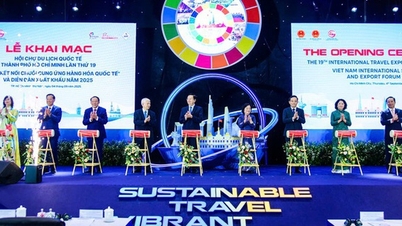










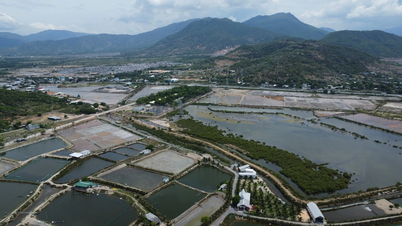


















Comment (0)